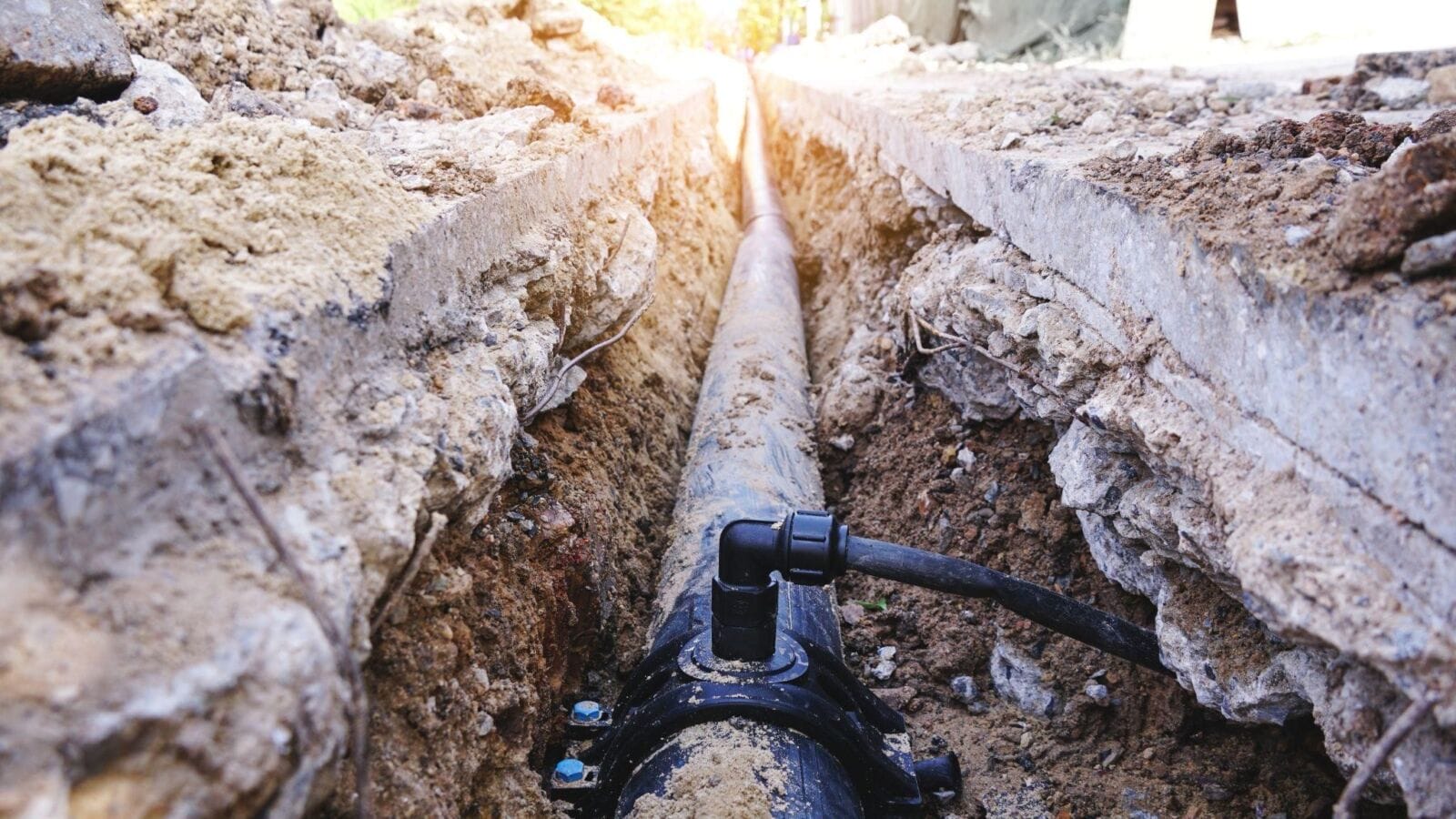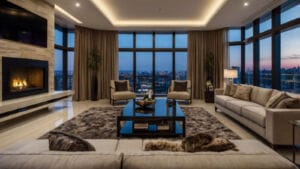When it comes to maintaining a healthy sewer system, regular inspections are key. There are several methods available for a sewer inspection, each with its own set of advantages.
Understanding these methods can help homeowners and municipalities maintain their sewer systems more effectively. Keep on reading!
Visual Inspection
Visual inspection is the most straightforward method. It involves a technician physically examining the sewer lines. This can be done using handheld cameras or by simply looking into accessible sewer openings. The primary advantage of visual inspection is its simplicity. Technicians can quickly spot obvious problems like blockages or cracks.
However, visual inspection has its limitations. It’s not always possible to access all parts of the sewer system. Technicians can only inspect areas that are easily reachable. Despite these limitations, visual inspections are useful for routine check-ups and can catch surface-level issues early.
CCTV Inspection
Closed Circuit Television (CCTV) inspection is a more advanced method. It involves sending a small camera into the sewer lines. The camera transmits live video footage to a monitor, allowing technicians to see inside the pipes. One major advantage of CCTV inspection is that it provides a detailed view of the sewer’s interior. Technicians can identify problems that may not be visible through traditional visual inspection.
Another advantage is the ability to record the footage. This allows for a thorough review and future reference. CCTV inspections are especially useful for diagnosing complex issues like root intrusion or pipe corrosion.
Smoke Testing
Smoke testing is another effective method for inspecting sewer lines. In this process, technicians inject non-toxic smoke into the sewer system. They then observe where the smoke exits. This helps identify leaks, cracks, and illegal connections. The main advantage of smoke testing is its ability to detect hidden issues. Even small leaks that might go unnoticed with other methods can be found.
Furthermore, smoke testing is relatively quick and cost-effective. It doesn’t require expensive equipment or extensive labor. This method is particularly useful for large-scale inspections, such as those needed for municipal sewer systems. It can quickly pinpoint areas that require further investigation. Consult experts like Water Pros Plumbing for more info.
Dye Testing
Dye testing involves putting a colored dye into the sewer system. Technicians then track the dye’s flow to identify leaks and blockages. One advantage of dye testing is its simplicity. It’s easy to see where the dye flows and where it doesn’t, making problem areas obvious.
Another benefit is its versatility. Dye testing can be used in various situations, from residential sewer lines to large municipal systems.
Sonar Inspection
Sonar inspection is a high-tech method that uses sound waves to map the interior of sewer pipes. This method is particularly effective in water-filled pipes where visual pipe inspection is difficult. The advantage of sonar inspection is its ability to provide a detailed map of the sewer system. Technicians can see the shape and condition of the pipes, even in areas that are hard to reach.
Sonar inspection is also non-invasive. It doesn’t require digging or heavy equipment, making it less disruptive. This method is ideal for identifying structural issues.
Exploring Sewer Inspection
Each method of sewer inspection has its own unique advantages. Visual inspection is simple and quick. Video inspection offers a detailed view and recordable footage.
Smoke testing can detect hidden leaks efficiently. Dye testing is versatile and straightforward. Sonar inspection provides detailed mapping without disruption. Choosing the right inspection method depends on the specific needs and conditions of the sewer system.
For more topics aside from plumbing maintenance, visit our blog!




